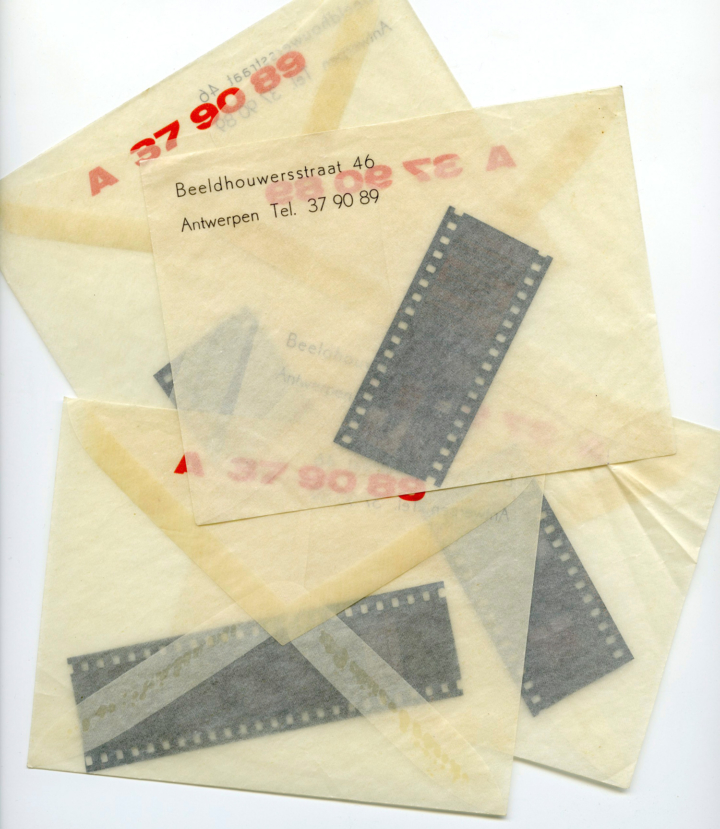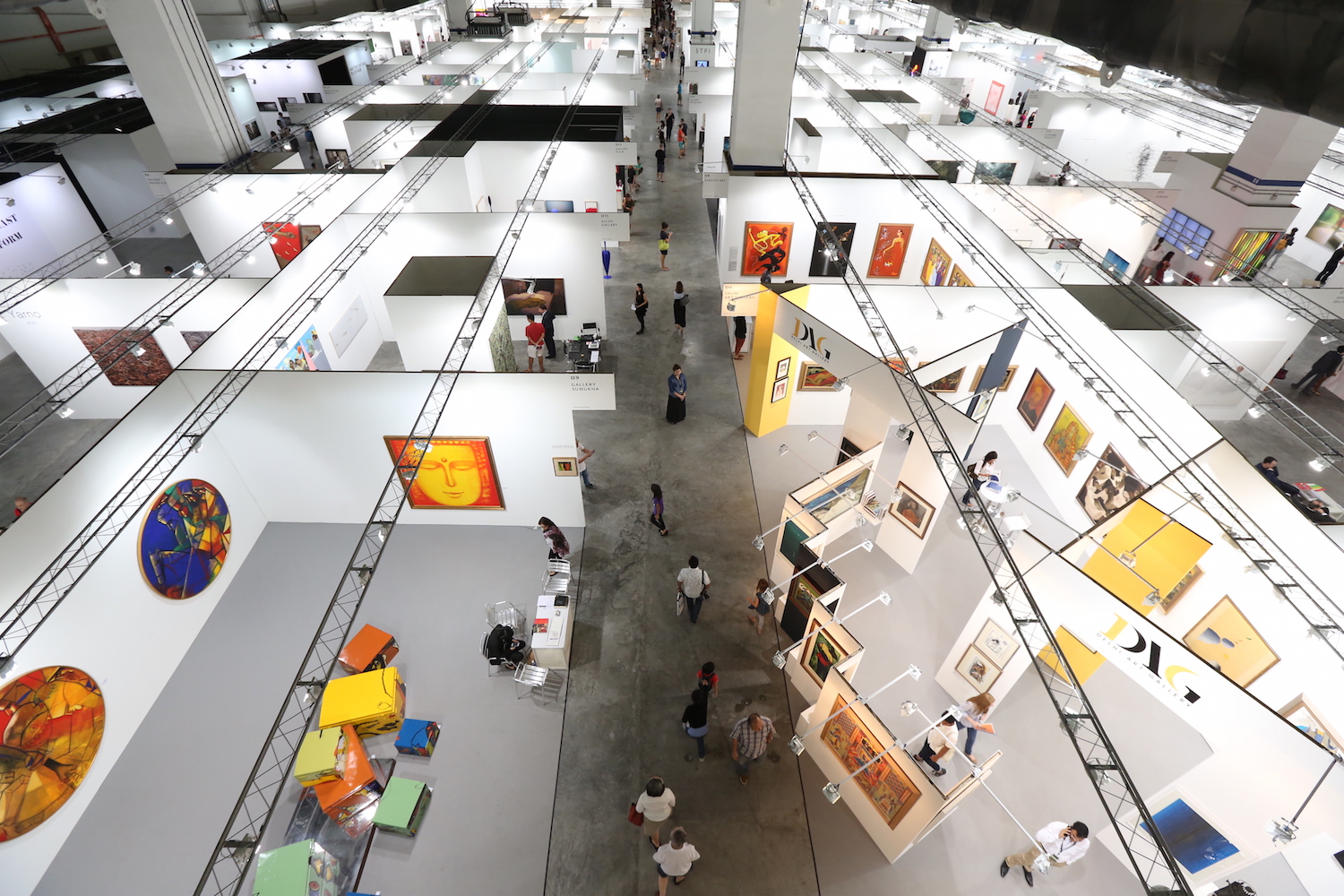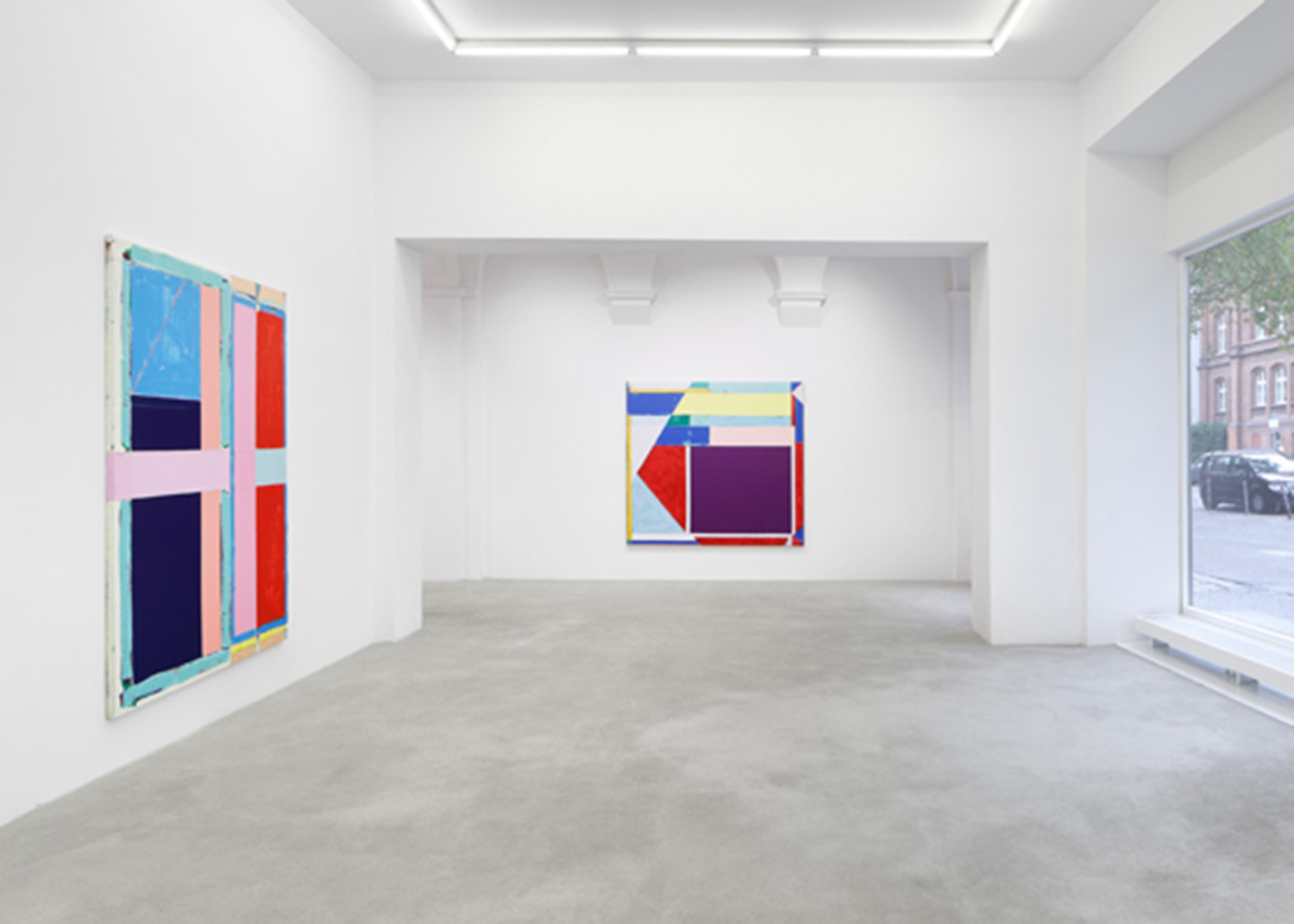In May 1969 — one year after what can now be seen as the last great challenge to capitalism — a group of collectors, gallerists, artists, and documentarians contrived to open a project space in Antwerp. The resultant A 37 90 89 was inaugurated that July with a champagne breakfast that coincided with the television broadcast of the first moon landing. Paintings by A.R. Penck hung on the walls of the space, which was still undergoing renovation, and the artist Panamarenko gave a lecture about an airship he was constructing.
That the breakfast began before 5 a.m. in order to not miss the live coverage of the moon landing demonstrates the somewhat absurdist character of the project itself, which was lighthearted, selectively conventional, utopic, and contrarian. Coordinated by the twenty-six-year-old Kasper König, who curated and balanced input from the other founding members, A 37 90 89 hosted a staggering number of exhibitions, screenings, events, and political activities during its brief, half-year existence. These included an installment of Marcel Broodthaers’s “Département des Aigles,” a weeklong series of sporting events staged by Jörg Immendorff and Chris Reinecke’s LIDL sports project, fliers written by Joseph Kosuth distributed by airplane, the installation of La Monte Young and Marian Zazeela’s immersive Dream House, actions taken against the racist behavior of business owners in Antwerp, and a performance by James Lee Byars that was broadcast on television.
The exhibition at NBK is comprised mostly of correspondence, photographs, and video documentation (some by the excellent Jef Cornelis). Staged as an expanded timeline, buttressed by primary source material, the show strikes a winsome balance of focus — between the administrative and internal dealings of the space and the artists who were exhibited there.
The spaceship, the airplane, and the television are fitting emblems — A 37 90 89 was a futuristic enterprise. The efforts toward fostering dialogue between artists working in the United States and Europe is well represented, and the increasing speed of global travel and communication seems to have sustained the project. The numbers 37 90 89 referred to a telephone line that was promised to be answered twenty-four hours a day. The novel utility of connectivity is unmistakable at this moment in history, and for this reason the exhibition skews nostalgic. Alongside its portrait of a progressive exhibition space, the show quietly makes the case that over the past fifty years this utility has been pushed to the point of malignancy.



